What is Biodegradable Packaging? Biodegradable Packaging Advantages and Disadvantages
Biodegradable packaging has become a popular alternative to traditional packaging materials as people and companies increasingly look for ways to reduce their impact on the environment. The idea of packaging that breaks down into natural elements, reduces waste in landfills, and minimizes pollution, is appealing. However, it's important to consider both the advantages and disadvantages of biodegradable packaging before fully embracing it as a solution. In this article, we will explore biodegradable packaging advantages and disadvantages and provide an overview of its potential impact on the environment and human life.
Related:
- What are bioplastics made from? Materials to make bioplastics
- Is bioplastic biodegradable and good for the environment?
- Potato starch bioplastic pros and cons - Top secret may surprise you
- Create a bioplastic business plan in 4 steps
- What are compostable straws made of? Plastic straw manufacturing process
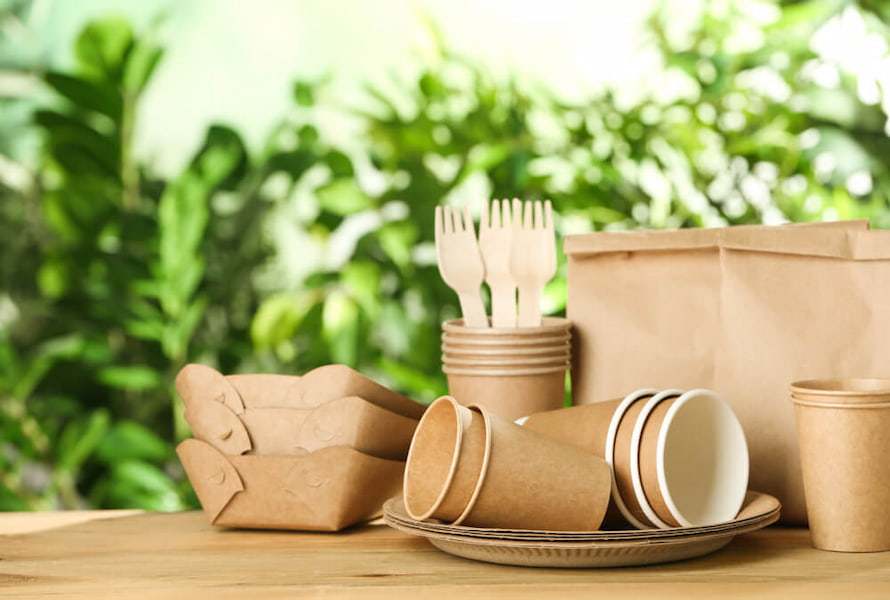
1. What is biodegradable packaging? What is biodegradable packaging made of?
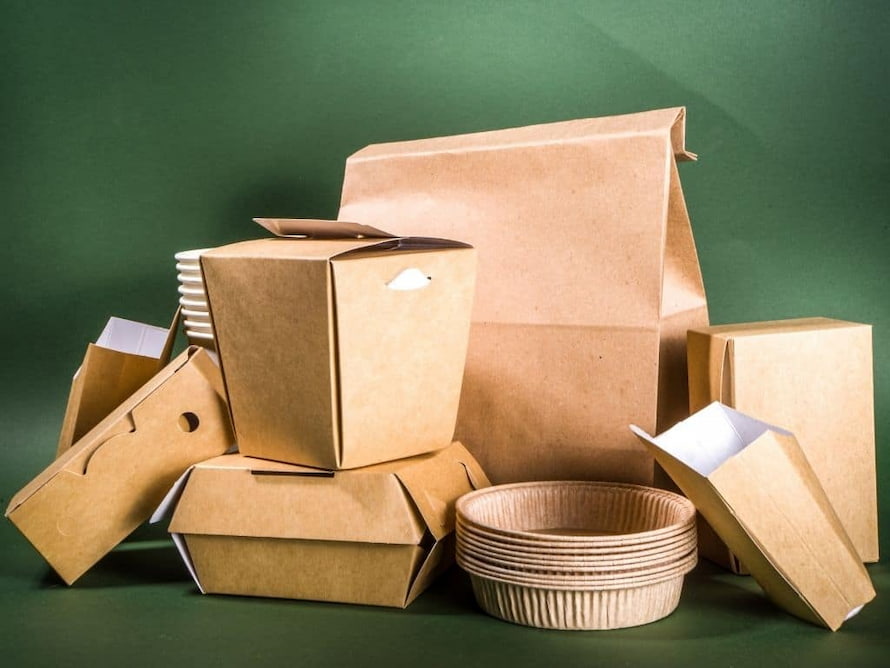
Biodegradable packaging refers to materials and products designed to decompose naturally into the environment, reducing the amount of waste that ends up in landfills and the harm caused to the ecosystem.
What is biodegradable packaging made of? Biodegradable packaging materials can be made from plant-based materials such as corn starch, sugarcane, or bamboo, or from synthetic materials that have been engineered to break down more quickly than traditional plastics. In some cases, biodegradable packaging is also made from materials that can be decomposed by microorganisms such as bacteria, fungi, and algae.
The use of biodegradable packaging is becoming increasingly popular as awareness grows about the negative impact of traditional plastic packaging on the environment. Biodegradable packaging is an environmentally friendly alternative that offers a sustainable solution to the problem of waste, as it reduces the need for traditional landfilling practices and helps to protect the environment.
2. Biodegradable packaging advantages and disadvantages
2.1. Advantages
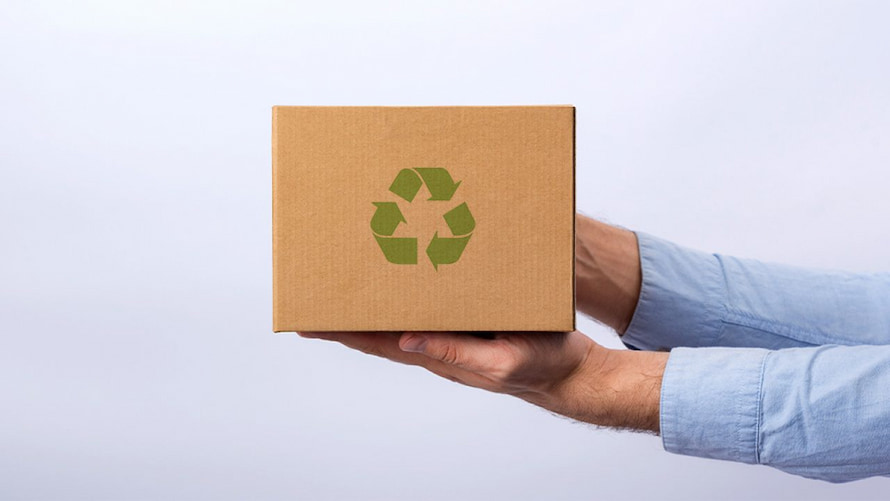
For businesses, switching to biodegradable packaging materials is increasingly crucial. This is due to customers' increased propensity to patronize businesses that care about recycling and their improved environmental choices. You will bring the following benefits to yourself as well as the environment if you choose to use packaging that is biodegradable:
Reduction of the carbon footprint
Utilizing biodegradable packaging is a great way for your company to cut down on the amount of carbon it produces. Instead of the harsh chemicals that are used in the production of plastics, biodegradable packaging is often manufactured from recycled resources. Because of this, biodegradable packaging is a significantly more environmentally friendly choice.
By utilizing fewer resources, the production process results in a considerable reduction in the amount of material that is wasted. These initiatives go a long way toward decreasing the carbon footprint, which assists businesses in meeting the stringent requirements for environmental compliance.
No harmful plastics
Plastics used in conventional packaging are frequently derived from petroleum, and their use has, up to this point, been a major contributor to environmental problems. These items are commonly found in landfills, on beaches and other natural areas, in streams, along roadsides, and in parks. These solutions are not sustainable since the production of conventional shipping and packing materials needs a significant amount of energy and resources.
By switching to biodegradable packaging, you may help cut down on the quantity of plastic that is used and discarded. In the end, you will have contributed to the reduction of problems caused by trash caused by the use of plastics.
Less Petroleum and Energy Consumption
Biodegradable polymers are produced with less energy than conventional plastics. For the same quantity and quality of plastic, packaging takes 65% less energy than plastic made from crude petroleum. As we rely less on petroleum and can limit its usage to other things like transportation and heating, we become less dependent on it. Petroleum may also be obtained from items like switchgrass or corn.
Other than these, the production of packaging does not necessitate adhering to the more time-consuming method of burning fossil fuels, as is the case with conventional plastic. As a result, with the same amount of energy, more bioplastics may be generated than traditional plastics, which also results in less environmental contamination.
Less Breakdown Time
Traditional packaging has a major flaw in that it takes an extremely long time - more than hundreds of years - to decompose once it has been thrown away. On the other hand, the packaging uses alternative materials or specialized enzymes or chemicals to decompose its contents within three to six months, once they have been exposed to the elements.
Less Waste and Fewer Landfills
32 million tons of plastic garbage are produced annually, or 13% of all rubbish at present. Only 9% of these are recycled, while the remaining normal plastic waste is deposited in landfills. Landfills cause a variety of issues, such as the spread of illnesses that are detrimental to both humans and animals and the environment.
Additionally, more and more land is required for these wastes when they could have been used for industrial, residential, or agricultural purposes. Because bioplastics are absorbed by the soil and transformed into compost or humus, using them will help us address the landfill problem and reduce trash.
Versatility
Using packaging that breaks down naturally is advantageous in many ways, including this one. Since the solutions are so adaptable, they can usually be used in any business. There is a biodegradable packaging solution available to meet your company's needs, whether you need it to package meal kits, electrical equipment, or everything in between.
Natural Decomposition
Biodegradable packaging is compostable, which means they decay into natural materials and blend into the soil. Microorganisms like bacteria and fungi that are present in the environment are responsible for this decomposition process, which takes place naturally. These microbes effortlessly metabolize the polymers and break down the structure of biodegradable packaging, both of which are helpful to the environment.
Some items even deteriorate not over the course of months or years but just weeks. When purchasing objects made of bioplastic, one must be careful to check the labels to guarantee that the products break down in a shorter amount of time.
Sustainability
This final point is somewhat self-explanatory when one considers that this is supposed to be the outcome of using biodegradable packaging. The majority of materials that may be used to make biodegradable packaging can also be recycled, reduced, or reused. Recycling garbage from biodegradable packaging is simple, which helps reduce the ever-increasing amount of plastic waste as well as the emissions of greenhouse gasses from the manufacturing industry. Up to 30% of carbon would be saved by recycling, but according to some academics, that number might rise to eighty percent if we switched to packaging made of biodegradable materials.
The use of biodegradable packaging offers a range of advantages that promote sustainability and protect the environment. By reducing waste and promoting environmentally friendly practices, biodegradable packaging helps to create a more sustainable future for all.
2.2. Disadvantages
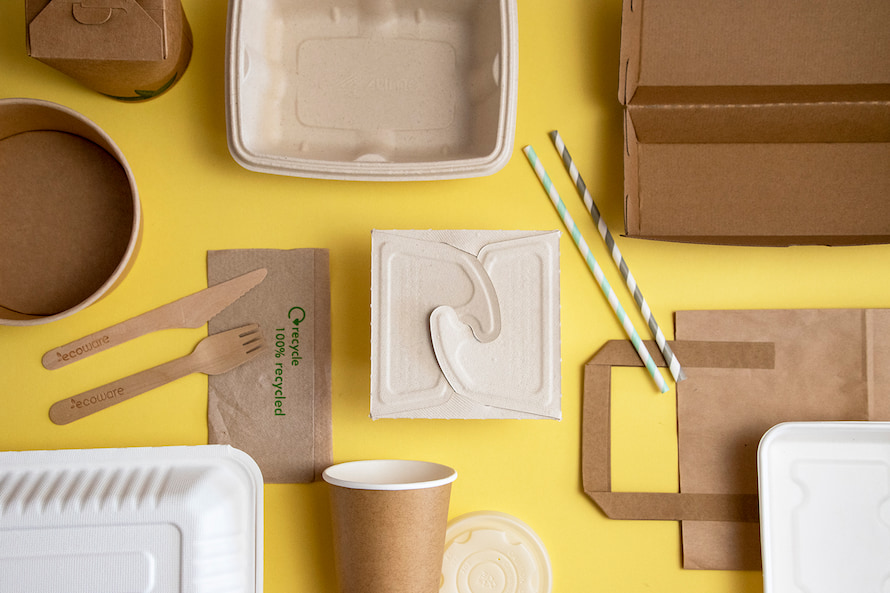
Despite the numerous benefits of biodegradable packaging, there are also several drawbacks that must be considered. These disadvantages include:
Limited lifespan
While biodegradable packaging is designed to break down more quickly than traditional plastics, the actual lifespan of the material can be limited. In some cases, biodegradable packaging may not fully break down in landfills, which can result in litter or contribute to waste accumulation.
Higher cost
Although biodegradable packaging is often more cost-effective than traditional packaging materials, it can still be more expensive to produce. This can make it more difficult for businesses to adopt biodegradable packaging and can limit its widespread use.
Performance limitations
Biodegradable packaging may not be as durable or long-lasting as traditional packaging materials, which can limit its usefulness in certain applications. In addition, biodegradable packaging may not be able to withstand the same temperature or pressure conditions as traditional packaging, making it less suitable for certain products.
Need specific disposal techniques
Biodegradable packaging may disintegrate incredibly quickly and even with less effort. However, it is also true that a very particular disposal technique must be used with them. If we don't do this, the breakdown process will be slowed down. Directly disposing of them in landfills would result in the unneeded emission of methane. Therefore, it is crucial to make sure they are recycled. We should also keep in mind to apply other trash reduction strategies.
Requires water to properly decompose
Since starch is one of the main ingredients in items made of biodegradable packaging, biodegradable packaging must decompose properly and quickly. It implies that rain may speed up its deterioration. However, what if it doesn't rain? Managing these wastes during these times might become a serious issue.
Ocean pollution has no cure
Ocean pollution issues cannot be resolved by biodegradable packaging since they cannot degrade in ocean water. They will either produce microplastics, which are detrimental to marine life, or float on the water's surface like conventional packaging.
Confusion with compostable packaging
The terms "biodegradable" and "compostable" are often used interchangeably, but they refer to different properties. Biodegradable packaging is designed to break down into natural substances, while compostable packaging is designed to break down in a composting facility. Confusion between the two can lead to misunderstandings about the effectiveness and usefulness of biodegradable packaging.
While biodegradable packaging offers many benefits, it is important to consider its disadvantages when making decisions about its use. By understanding the limitations and challenges associated with biodegradable packaging, it is possible to make informed decisions that support sustainability and reduce waste.
3. How is biodegradable packaging made?
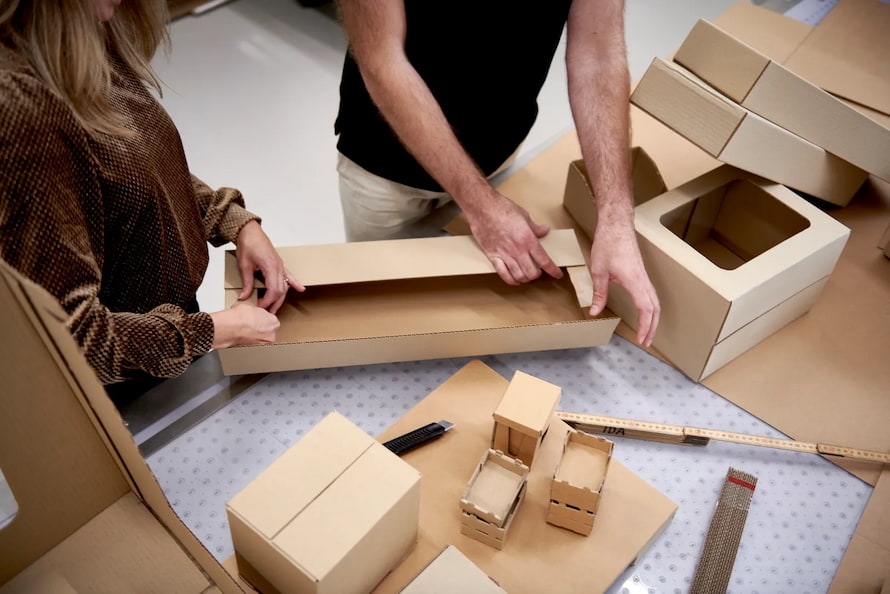
Packaging that is biodegradable is manufactured from materials that are intended to decompose into their constituent parts over the course of time. Making environmentally friendly packaging may be done in a way that is simple and inexpensive. The primary steps involved in developing environmentally friendly packaging are outlined in the following paragraphs for your perusal.
Step 1: Choose the packaging material
Select package components that correspond to your brand preferences. Several types of biodegradable packaging include:
- Starch-based biodegradable packaging: This type of packaging is made from cornstarch, potato starch, or other natural starches. The starch is processed into a plastic-like material that is molded into the desired shape and then dried.
- Biodegradable polymers: Biodegradable polymers are synthetic materials that are designed to break down into natural elements when exposed to certain environmental conditions. These materials can be processed using methods like injection molding, blow molding, or thermoforming to create the desired shape.
- Cellulose-based biodegradable packaging: This type of packaging is made from materials like paper, cardboard, or other natural cellulose fibers. The fibers are treated with biodegradable resins and molded into the desired shape.
Step 2: Collect raw materials
Industrial raw materials are extracted using a range of steps and techniques, including breaking, filtering, and grinding. Raw materials can be retrieved from recycling bins or drop-off locations. After obtaining the resources, you could carry them to a factory where they will be processed, cleaned, and made ready for use.
In order to extract minerals and raw materials, as well as process, transport, and store the products, specialized machinery is used this stage. The material can also be treated using other techniques. A method of testing packaging samples is accelerated solvent extraction (ASE).
Step 3: Manufacture the packaging
Producing eco-friendly packaging requires sustainable manufacturing techniques, such as switching from fossil fuel to renewable energy during production. Renewable energy, as opposed to fossil fuels, comes from the sun, wind, biomass, or rain. The carbon footprint of your company may be reduced by producing packaging with eco-friendly energy. Water conservation and packaging waste reduction are essential production processes.
Step 4: Label the packaging
Due to the numerous chemicals they contain, inks can be harmful to the environment. Several ecologically conscious producers have shifted from less harmful variations of low-volatile organic compounds (VOC) to standard ink solvents. Other VOC-free environmentally friendly inks made solely of water, acetone, or ethanol are excellent choices.
The wonderful thing about biodegradable packaging is that it decomposes after use and returns to the planet. The production cycle for packaging then resumes.
Regardless of the method used, biodegradable packaging is typically made using renewable resources and is designed to break down into natural elements over time. The exact process used to make biodegradable packaging depends on the type of material being used and the desired end product.
4. Is biodegradable packaging more expensive?
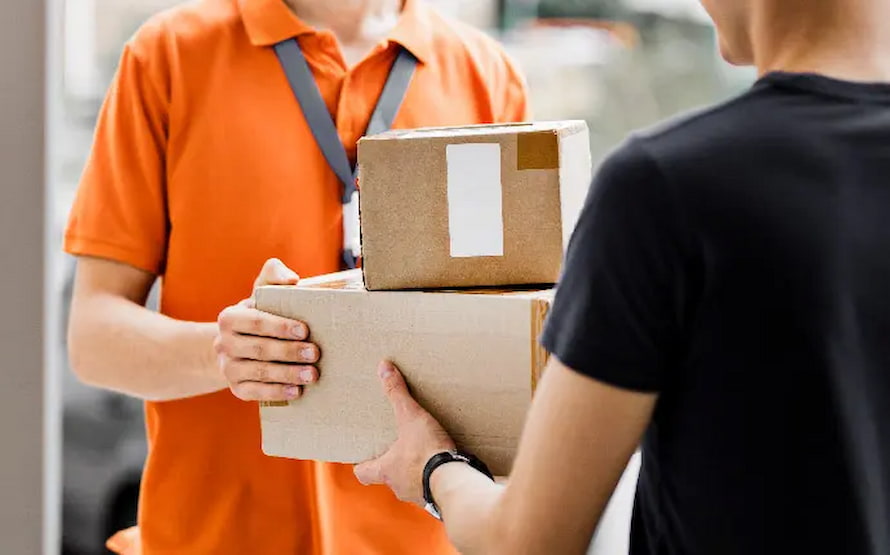
According to a Raconteur poll, 43% of firms cited cost as one of the key barriers preventing them from making an investment in sustainable packaging. Is this a mistake, though? Is biodegradable packaging more expensive?
Generally speaking, there is no exact answer to this question. The cost of biodegradable packaging versus conventional packaging can vary greatly depending on several factors such as the type of material used, the production process, and the scale of production.
In some cases, biodegradable packaging can be more expensive than conventional packaging due to the cost of the raw materials and the production process. For example, biodegradable polymers can be more expensive than traditional petroleum-based plastics, and the process of producing biodegradable packaging can be more complex and time-consuming.
However, as demand for biodegradable packaging increases and production processes become more efficient, the cost of biodegradable packaging is likely to decrease. Long-term cost savings are possible with sustainable packaging. Here are a few explanations:
- Smart design: There are countless options for environmentally friendly packaging materials. Sustainable packaging may be made to be infinitely reusable, conserve space, or even need fewer manufacturing steps, all of which will reduce the cost to you.
- Work with a credible, well-connected supplier: You may explore a variety of choices, some of which may be less expensive than conventional packaging, by collaborating with a sustainable packaging expert. They could also be able to provide you with stock on an order-by-order basis, which would allow you to keep your goods in less space.
- Plastic tax: In some countries, the plastic packaging tax went into effect in April 2022, meaning that if you import or produce more than 10 tonnes of plastic packaging, you may be subject to taxation. This can end up costing you more in the long run than switching to eco-friendly packaging.
- Innovative materials: It's true that certain sustainable materials could cost more than their conventional counterparts, but there are also many options. Find the solutions that best satisfy your requirements for pricing, specification, and sustainability.
Everything comes down to supply and demand in the end. Biodegradable packaging will become less expensive as the need for more environmentally friendly packaging is acknowledged and invested in. However, in fact, even though biodegradable packaging can be expensive in some cases, many businesses are willing to pay a premium for them as a way to demonstrate their commitment to sustainability and to meet the growing demand from consumers for environmentally friendly products.
Ultimately, whether biodegradable packaging is more expensive than conventional packaging depends on several factors and can vary from one product to the next. It is important to consider the long-term environmental and economic benefits of biodegradable packaging when evaluating the cost.
V. Biodegradable material for packaging from EuroPlas
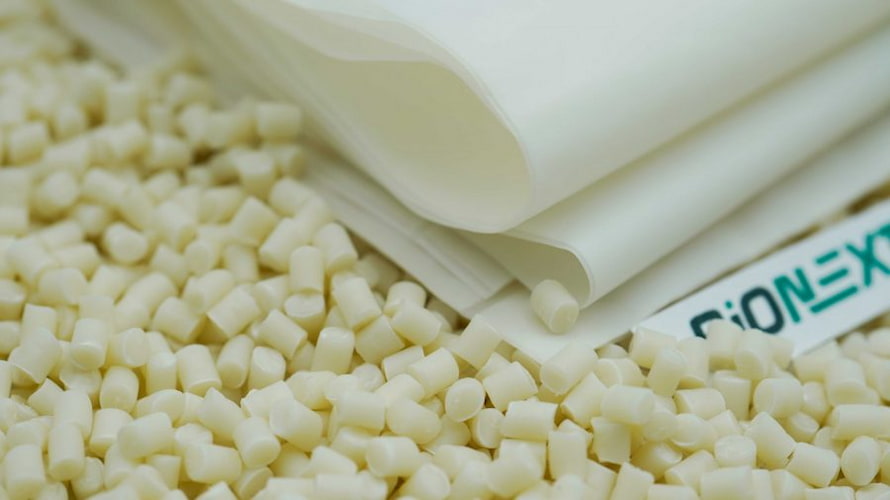
As the world's No. 1 filler masterbatch manufacturer, EuroPlas proudly brings customers unique plastic raw material solutions to help their factories optimize production costs and improve their competitiveness on the market while still ensuring to minimize negative impacts on the environment. EuroPlas's green material solution enables end-products to be biodegradable within 12 months!
Having been in business for more than 20 years, EuroPlas is committed to sustainability and reducing the impact of packaging on the environment, and its biodegradable materials provide an eco-friendly alternative to traditional, non-biodegradable packaging. By manufacturing biodegradable material for packaging, EuroPlas aims to help businesses reduce their carbon footprint and minimize their impact on the environment.
For more information on biodegradable packaging for your business, please contact us for the earliest advice and support!